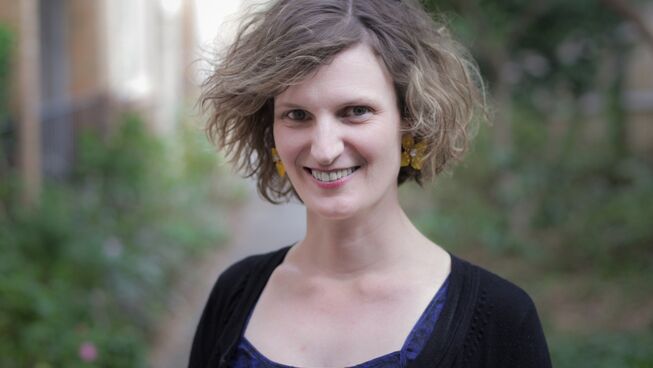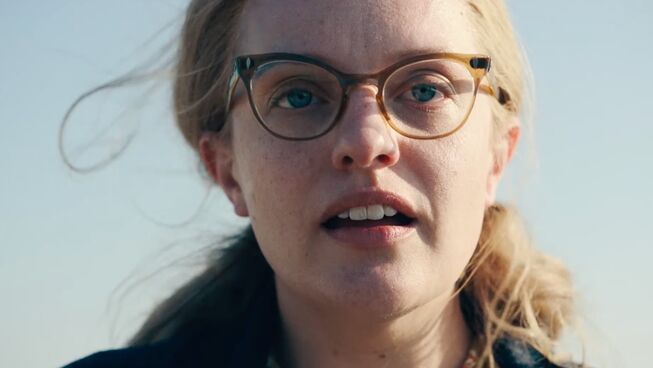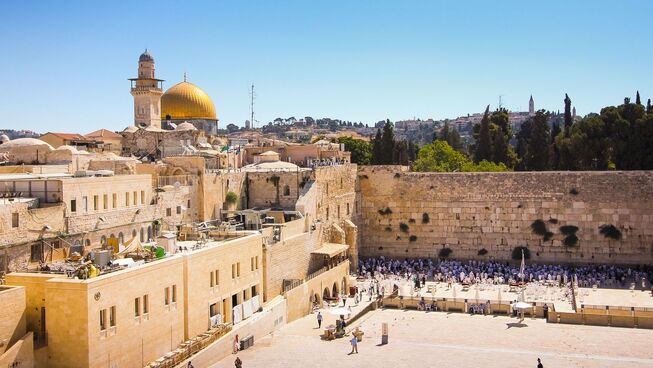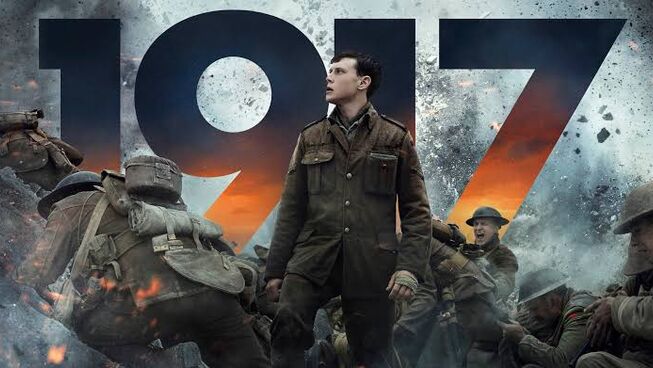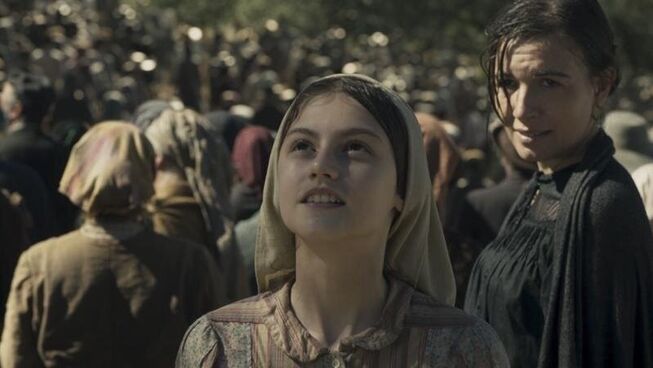
2 out of 5 stars
In 1917, outside the parish of Fátima, Portugal, 10-year-old Lucia (Stephane Gil) and her two younger cousins witness multiple visitations of the Virgin Mary. The reports of their visions inspire thousands of believers, but also anger officials of both the Catholic Church and the secular government, who try to force them to recant their story. The officials are concerned about a populist uprising within the community. Even the children’s families are sceptical of their visions, and unappreciative of the cult-like atmosphere that includes their offspring as word of their visions spread across the country. News that inspires religious pilgrims to flock to the site in hopes of witnessing a miracle. FATIMA is based on real-life events that occurred within the context of World War One. Beyond the historical accounts, the central message, although not particularly clearly told, seems to be that repentance, faith, prayer, and hope are powerful weapons in the face of adversity.
This historical account of Lucia, her cousins and their families is framed with a narrative set in 1989 in the Portuguese city of Coimbra. At the local convent, a sceptical academic named Professor Nichols (Harvey Keitel) visits Lucia, who is now an elderly nun. He is hoping to interview her for his book that would include the accounts of the visions she experienced as a child. Nichols considers all seers to be “de facto unstable”, and believes that not everything inexplicable is transcendent. The framing device of the pragmatic sceptic set in opposition to the spiritual person of faith could have been a powerful one, and one which could have served to draw in the modern sceptic. As it is, however, this element of the story is not given enough prominence to really engage the thoughts of the modern viewer, and seems almost gratuitous. A wasted opportunity that certainly was not necessary to tell the story, nor really bringing it any further weight.
The narrative of the 1917 events places viewers’ sympathies firmly with Lucia and her cousins. The audience journeys with the children through their visions, the subsequently divided community, the uncertainty of whether to trust what they think they have seen. A seemingly innocent odyssey that ultimately leads to a tale of unwavering trust and hope. The child actors, capably led by Spanish actress Stephanie Gil, were compelling and endearing; indeed without them, the film would have held little sway.
The acting, although at times compelling, was largely stunted by the majority of actors performing in English rather than their native tongues, subtracting from the creditability of the narrative. Opting for Portuguese would have made the story all the more compelling, and may have appealed in a deeper way to the still-strong Catholic population in southern Europe, and the Italian audience of director Pontecorvo (son of Italian director Gillo Pontecorvo of The Battle of Algiers [1966] fame), soundtrack composer Paolo Buonvino, and soundtrack performer Andrea Boccelli. (Boccelli singing Buonvino’s ‘Gratia Plena’ in the credits was my highlight of the film.)
Many elements of this film seem may prove to be confusing to a non-Catholic viewer. It is difficult to determine if this confusion comes from a lack of understanding of Catholicism, a lack of cultural and historical context, or from the film’s narrative confusion itself. The message of divine peace, love, and hope seems revolutionary to the crowds in the film, but begs the question, ‘Isn’t this the very heart of the Christian faith?’ I am unsure as to whether this confusion would be greater or lesser in a secular audience, so am curious to follow the film’s critical acclaim.
It has been posited that FATIMA is aligned with events currently unfolding around the world. Presumably, at least a part of the film’s journey to release took place during 2020 with its combination of COVID-19 and political and social unrest in many countries around the world. Producer James T. Volk says, “One of [the film’s] key messages is a call to pray for peace. At the time, World War I was raging. People were killing one another in numbers that were previously unheard of. The message delivered by those children was to turn from those evil ways and come back to God to heal their land. It’s a message that applies as much today as it did then.”
Unfortunately, that message doesn’t come through the film quite as clearly as it does in the producer’s words. One thing this film does well, though, is to encourage the viewer to contemplate the transcendent. Through the conversations between Sister Lucia and Professor Nichols we are reminded of the Einstein quote that closes the film:
“There are only two ways to live your life. One is as though nothing is a miracle. The other is as though everything is a miracle.”
This film thus presents the viewer with a question to ponder. Is faith “[a]n inexplicable truth which breeds irrational hope”, like Professor Nichols sees it, or is it a “search for truth” that “begins at the edges of understanding”, like Sister Lucia believes?
